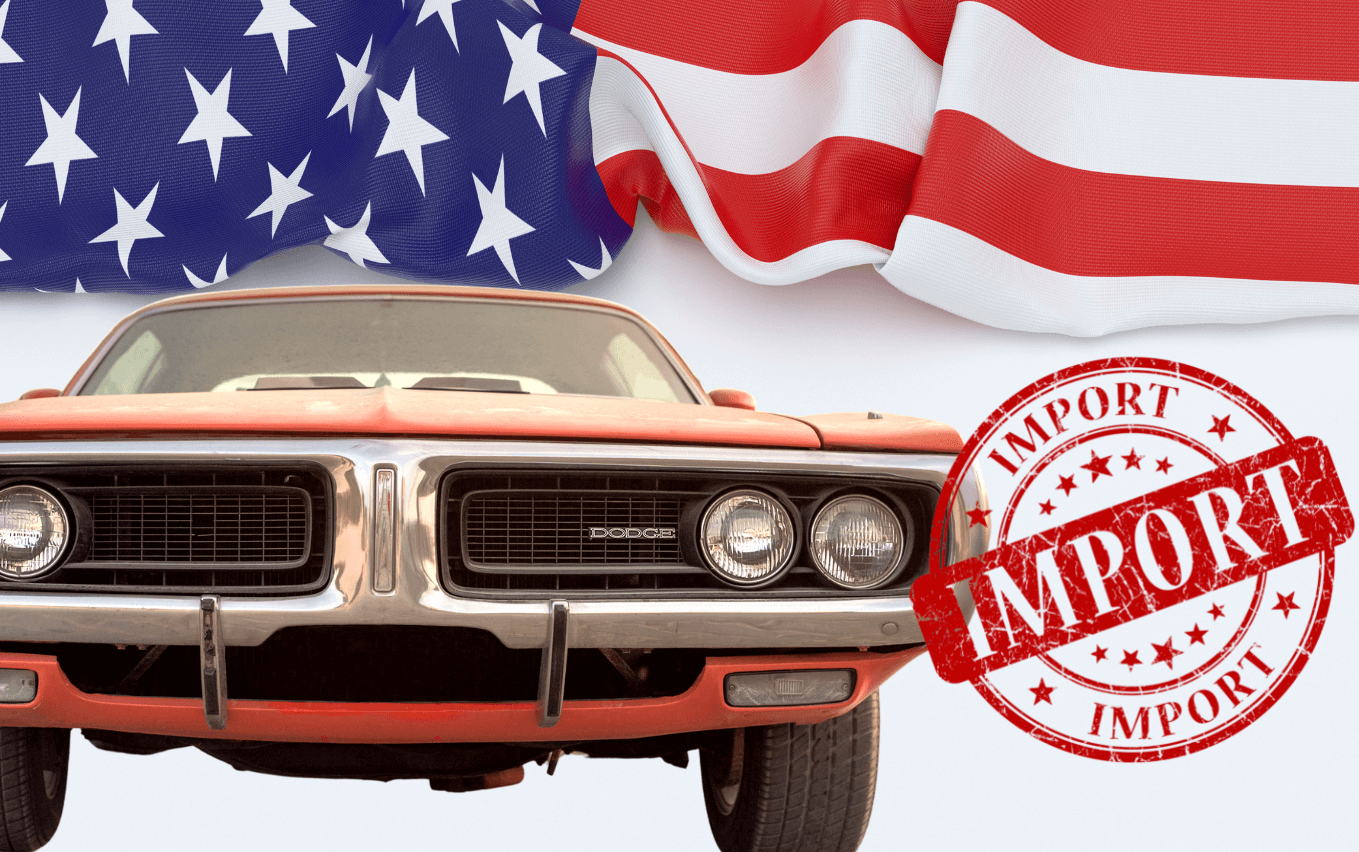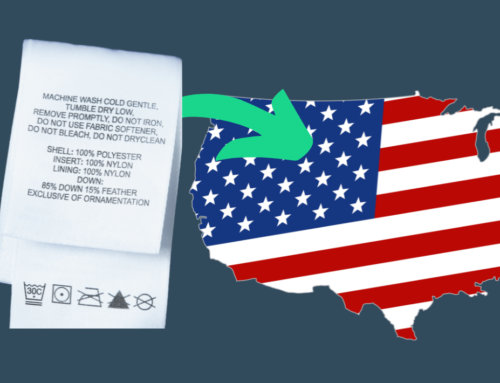Importing Cars into the U.S. Under the 25-Year Rule

Breeze Customs Blog
There are many classic or antique cars you can now import into the U.S. without having to worry about some import rules and regulations. In fact, you may as well be exempt from meeting Environmental Protection Agency (EPA) and Department of Transportation (DOT) pollution and safety requirements when you import your vehicle — thanks to the 25-year rule.
Moreover, If the vehicle is at least 21 years old, there are no EPA compliance requirements upon importation. So, if you’re considering importing classic or antique cars into the United States, read on to learn more about the 25-year rule and its exemptions.
What is the 25-year rule?
Commonly known as the 25-year rule, the Imported Vehicle Safety Compliance Act of 1988 (IVSCA) exempts non-conforming foreign motor vehicles that are 25 years old or older (classic or antique) from the restrictions imposed by this Act.
In other words, you can legally import a motor vehicle that is at least 25 years old into the United States without having to worry about compliance with applicable DOT Federal Motor Vehicle Safety Standards (FMVSS).
How do I determine my vehicle’s eligibility?
The 25-year period starts from the date the vehicle was manufactured, which is usually on a label that is affixed to the car by its original manufacturer. If the manufacturing date is not available or visible, you will have to establish the age of the vehicle through documentation.
This could be an invoice showing the date the vehicle was first sold or a registration document showing that the vehicle was registered at least 25 years ago. As a classic or antique car, you could instead provide a statement from a recognized vehicle historical society to prove the age of the vehicle.
What if my car is older than 21 years but younger than 25 years?
In this case, your imported vehicle will be exempt from EPA requirements but will still need to comply with DOT requirements.
If you are unable to prove that your car conforms to DOT requirements, it will have to be imported through a Registered Importer (RI). Registered Importers are licensed garages and mechanical shops that are approved by DOT to perform conversions on foreign cars to ensure they meet U.S. standards.
What is the importation entry process for classic or antique cars?
Classic or antique cars require a formal entry process into the United States. You will need to submit a DOT HS-7 Declaration Form to the U.S. Customs and Border Protection (CBP) and ensure that the vehicle is entered under Box 1 on the form.
You will also be required to file an EPA Form 3250-1 and declare code E on the form. However, this requirement may be waived by CBP for non-residents who are entering the U.S. temporarily with vehicles registered in Canada or Mexico (provided they have no intent to sell the vehicle in the United States).
What is the duty rate for importing classic or antique vehicles?
Classic or antique vehicles are subject to a 2.5% duty rate. This is based on the vehicle’s worth at the time of importation. However, you may import a Canadian-made vehicle duty free — provided you have valid proof of its origin.
Interested in importing a classic or antique car into the United States? Book a meeting with your very own Breeze Customs Concierge to help you identify whether it passes the 25-year rule exemption from EPA and DOT requirements.




